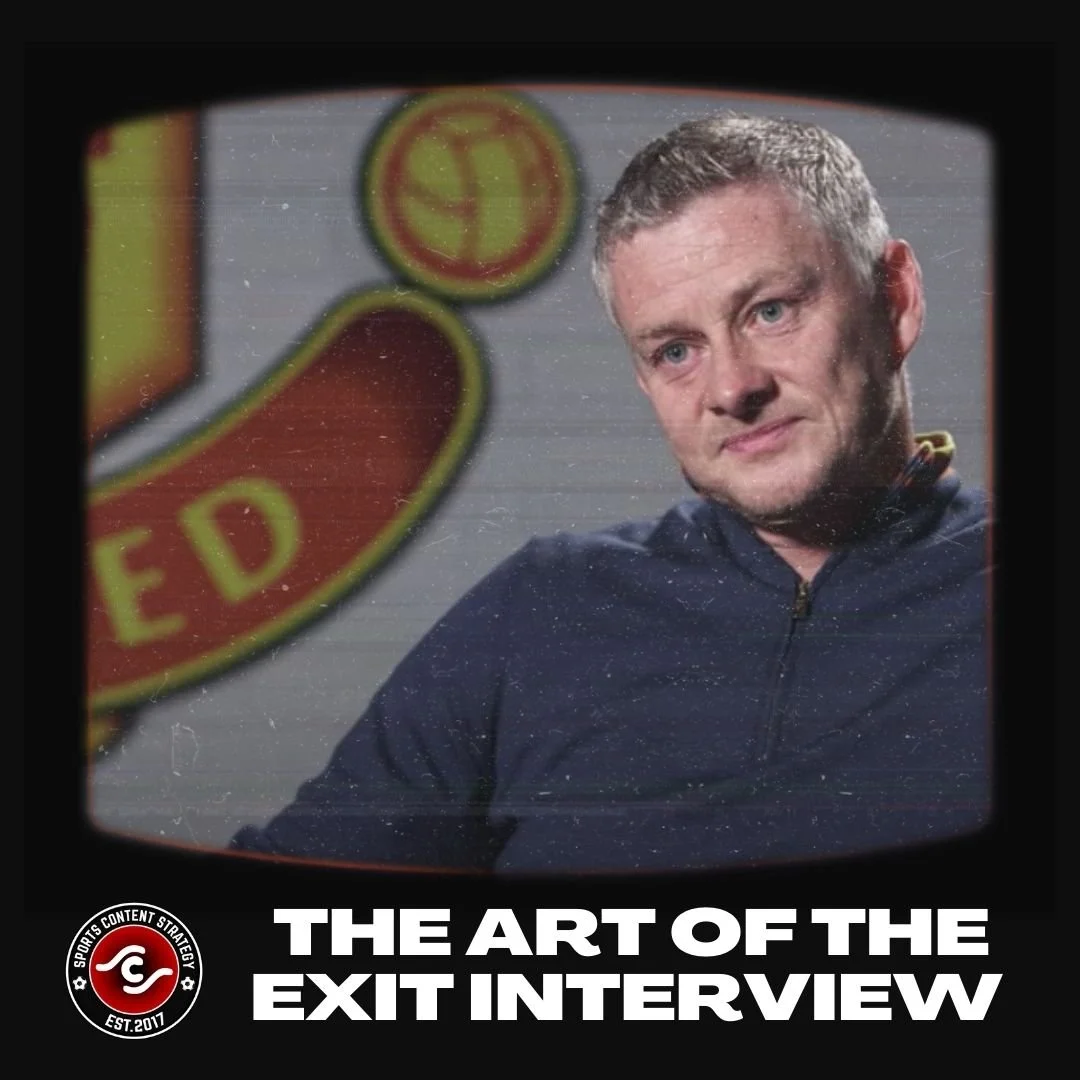Content Lessons: Carlito's Way pool hall scene
Content Lessons is an occasional series taking lessons in storytelling from outside sport.
The suits were not happy.
Brian De Palma had just shot a key scene in Carlito’s Way, his much-admired 1993 gangster movie, and handed over an early version for the studio to peruse.
Having already directed Scarface, Carrie, Dressed to Kill and The Untouchables, the Hollywood veteran was skilled at creating a slow crescendo of malevolent tension. For this scene, a drug deal set in a pool hall, he placed the billiard balls on the table with the same meticulous precision he employed over the actors’ body position and the delivery of their lines.
But, according to the Film Stories podcast, a note came back from the studio – ‘the scene drags, it’s too long, cut it back’.
De Palma did the opposite. He completely re-imagined the backstory, adding previously unknown depths of narrative to the characters, including what they were doing in the pool hall and the potential motivation behind what they would do next.
The reworking was significantly longer than the original but it was duly completed and returned for comments.
The message came back – ‘great, it’s much better now it’s shorter’.
This tale was played out long before digital and social media launched its two-pronged assault on our attention spans. In the last decade, it has become accepted opinion that content must be shorter because audiences cannot cope with excessive length.
For me, it is insufficient depth that really makes people turn off.
In recent years, the highest-grossing movies have been long and convoluted super-hero sagas, often running well over two hours each. Let alone the prequels, sequels and other stories in that ‘universe’. Of course, this is a millennial audience weaned on 700-page Harry Potter novels and now are engrossed for weekends at a time in video games. Meanwhile, boxset binges have become ‘a thing’, series of new shows are quickly consumed on Netflix and the most popular podcasts in the world, Joe Rogan and Tim Ferris, are among the longest on my iPhone.
The lesson is clear - don’t make your content pointlessly short or pointlessly long, just give it a point.
Of course, we should not confuse length for quality. I have read many boring books that should have been excellent magazine features. And, as the old saying goes “I did not have time to write a short letter so I wrote you a long one”. But, at the same time, the shorter, punchier content is not always the answer. These days even a 280-character tweet can be too long and ‘sizzle videos’ are often used to cover a lack of story.
My first news editor would always reply with the same phrase when asked about word counts - “just give it what it’s worth”.
Anyone can write, anyone can sub-edit, the hardest editorial process is prioritisation. As a journalist that means knowing what to leave out. As an editor, it is judging stories through the lens of your audience and handling them accordingly. It takes experience, intelligence and heaps of common sense.
Writing efficiently is the foundation of this. In the old days of newspapers, the constriction of space made it essential. Many an editor placed an empty jar on their junior reporter’s desk which, week by week, he filled with coins, one for every useless word in their copy.
Sprawling website pages and the endless scroll of social media has not helped efficient writing among up-and-coming creatives. Neither has the ability to get everything published at any time. Knowing you will have to fight for your story makes you value it even more. Competition elicits craft.
But, as De Palma’s formula demonstrates, depth can be more significant that length (or brevity) in creating the greatest content.











